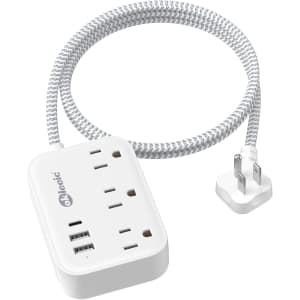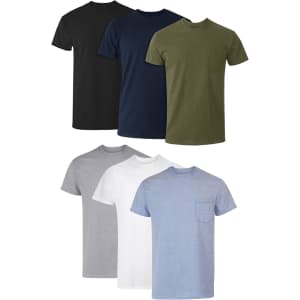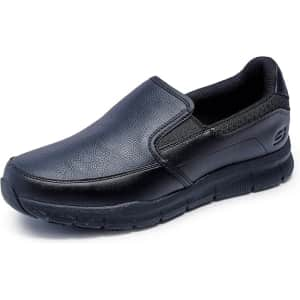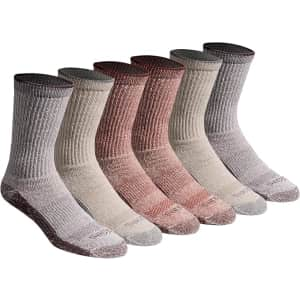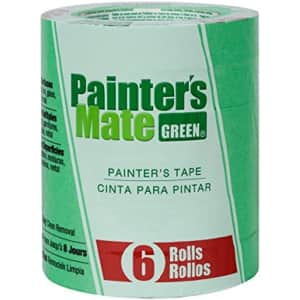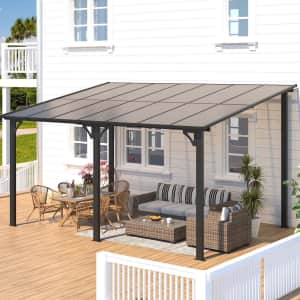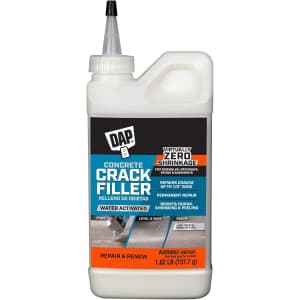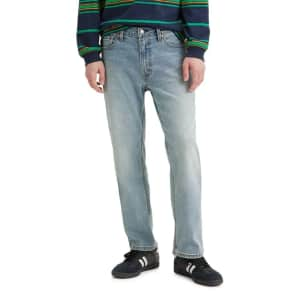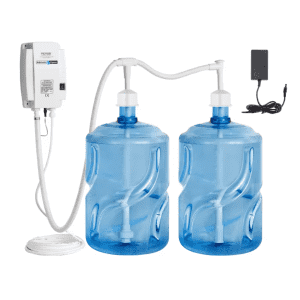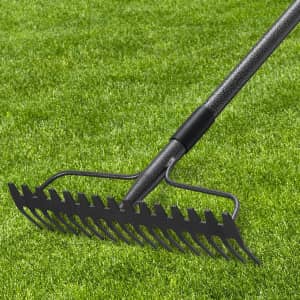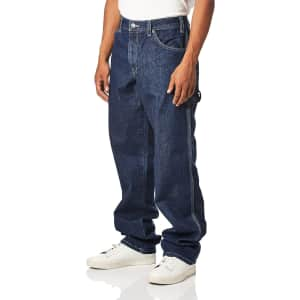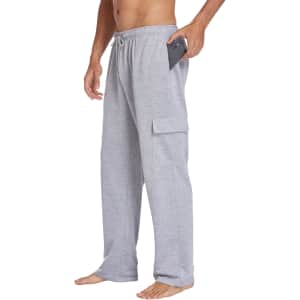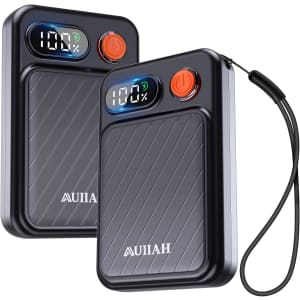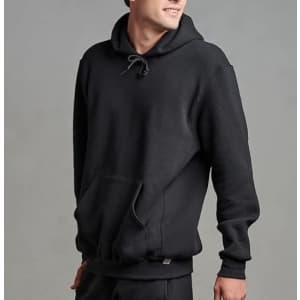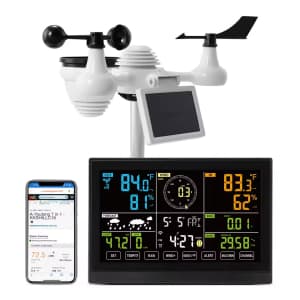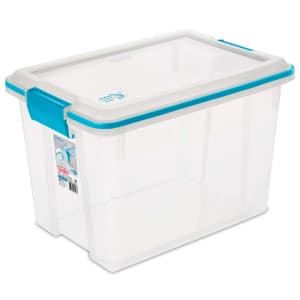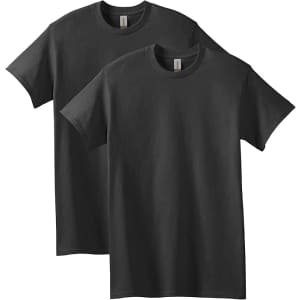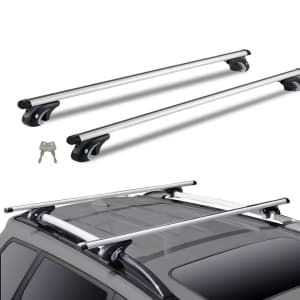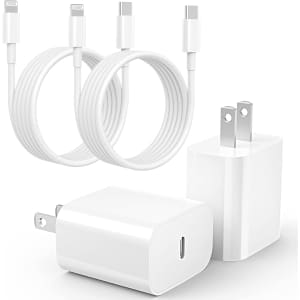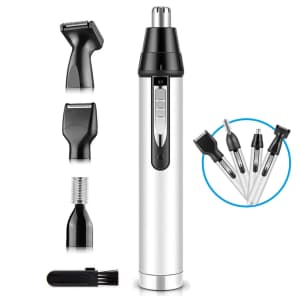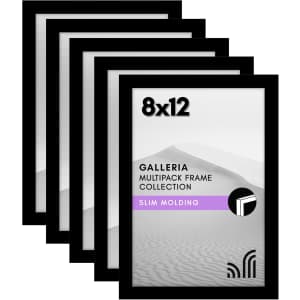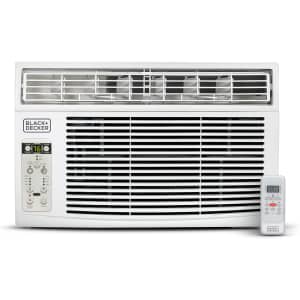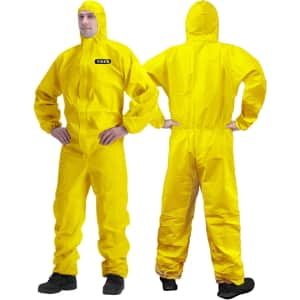5 Deals You Need to Know Today: What's In the Open-Box?!
You might not immediately associate a very nice Woot sale with David Fincher's 1995 neo-noir depress-a-thon, but that's only because you haven't been writing about deals for as long as I have. Check out this offer and more in our roundup of the five best deals we found over the last 24 hours.
Top Sale Deal
Woot Open-Box Sale
Up to 70% offAs anyone who's seen Seven can attest, sealed boxes can be more trouble than they're worth. So these open-box deals at Woot may save you some unneeded trauma as well as some money. You can save on iPads, Beats headphones, Roombas, and much more, which might be enough to make Gwyneth Paltrow recapitate herself. And in the movie! Aha.
Top Headphones Deal
Apple AirPods 4
$89It seems obscene that the AirPods have been around for almost a decade now, the originals having launched in 2016. It seems even more obscene that they've been around that long and Apple hasn't seen fit to reintroduce the iPod to make for some customarily confusing nomenclature. But we play the room as it lays, as the great Stewart Lee said on an episode of his Comedy Vehicle TV show, also in 2016. So we appreciate that these AirPods 4 are at their best-ever price, and clutch our rapidly-aging iPod Classics all the closer. It's rapidly aging, not me.
Top Fragrance Deal
Fragrance Flash Sale at Walmart
Up to 70% offIt's a fragrance sale! That means savings on big brands like Versace, Burberry, Calvin Klein, and Estee Lauder. It also means silly scent notes, and silly names. No one even stops to think about how weird it is to name a cologne Obsession anymore. Obsession. Obsessed with what? Smelling like vanilla, bergamot, basil, and — I promise you this is a real, listed scent — "green notes"? Obsession is rarely healthy, just like ingesting cologne or perfume. But that doesn't stop them naming them in ways that make you want to taste them. But you shouldn't, even with names like the following four. Only one of them isn't a real name from this sale, but can you identify it?
- Be Delicious
- Sweet Like Candy
- Vanillabomb
- Sweet Pea
Click here for the answer
It's 3: Vanillabomb! Although there are Flowerbomb and Spicebomb perfumes, which are presumably just fine, but do make me think of Glitterbombs and Jagerbombs, which are two things you probably don't want to spray on yourself before date night. Unless...Top Laptop Deal
Samsung Galaxy Book4 Core 7 150U 15.6" Laptop w/ 16GB RAM & 512GB SSD
$499.99Another best-ever price for today's roundup, this time from Apple's sworn rival, Samsung. Neither best-ever price is on a phone, but nevertheless. This 2024 laptop boasts 16GB RAM and a 512GB SSD, so it should be more than up to whatever tasks you throw at it, outside of gaming or intense video editing or something. Speaking of gaming, I finished Assassin's Creed Shadows over the weekend, and let me tell you: what a damp squib of an ending. The big bad is almost completely unrelated to the rest of the game, the final boss fight is orders of magnitude easier than some of the preceding ones, and the closing cutscene heavily features a child character I tried to assassinate several times before accepting that the game simply wouldn't allow it. Good game though.
Top Toy Deal
LEGO Halloween Deals at Target
Up to 30% offHarry Potter, Minecraft, and Jurassic World are the main focuses of this Halloween LEGO sale at Target, which makes sense. The demonstrably terrifying themes of out of control dinosaurs, terrible graphics, and precocious British schoolchildren. Just awful. But the prices? Just not-awful. That's how we're spinning it.






